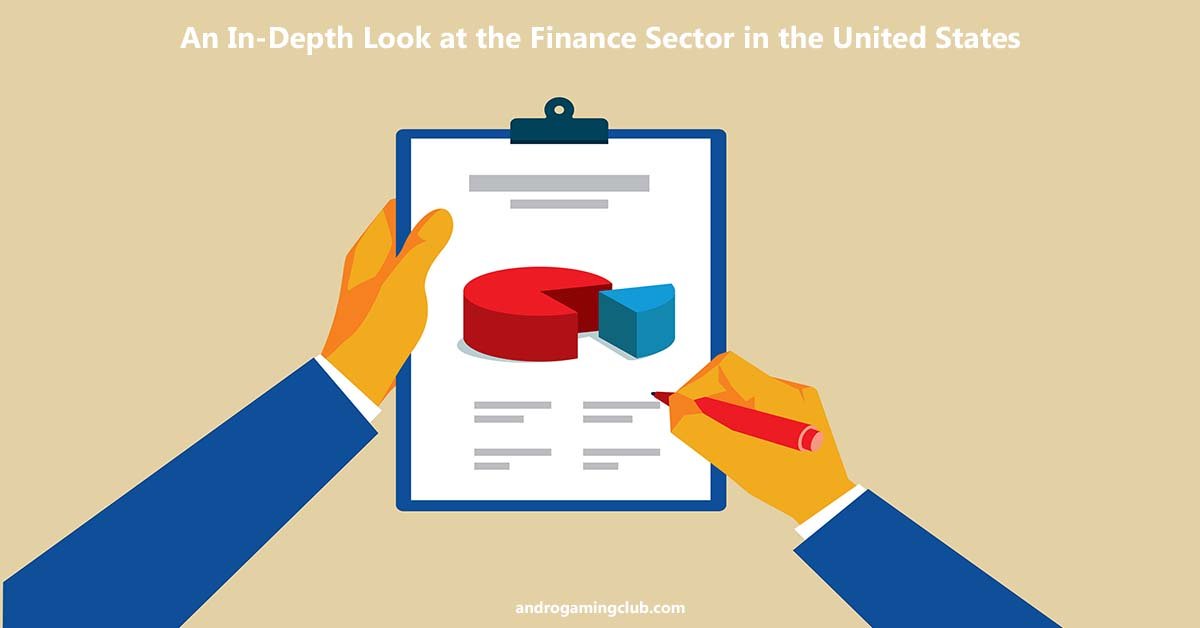Introduction:
The finance sector in the United States stands as a robust and dynamic force, influencing the nation’s economic landscape. From Wall Street’s iconic skyscrapers to Main Street’s local banks, the financial system plays a pivotal role in shaping the country’s prosperity. This article delves into the intricacies of the finance sector, exploring its key components, recent trends, and the challenges it faces.
Banking Beyond Borders: The Role of Commercial Banks
Commercial banks form the bedrock of the U.S. financial system, providing a wide array of services to individuals, businesses, and the government. These institutions serve as the primary depository for funds, offering checking and savings accounts, loans, and mortgages. The sector has witnessed significant transformations with the rise of digital banking, allowing consumers to manage their finances seamlessly.
Wall Street Wonders: Investment Banking and Capital Markets
The allure of Wall Street extends far beyond its iconic skyline, as investment banks and capital markets play a crucial role in fueling economic growth. Investment banks facilitate corporate fundraising through initial public offerings (IPOs) and mergers and acquisitions. The capital markets, comprising stock and bond markets, provide avenues for businesses to raise capital and investors to diversify their portfolios.
The Fintech Revolution: Reshaping Finance in the Digital Age
In recent years, the finance sector has witnessed a paradigm shift with the emergence of fintech (financial technology) firms. These innovative companies leverage technology to provide efficient and user-friendly financial services, challenging traditional banking models. From peer-to-peer lending platforms to robo-advisors, fintech is transforming how individuals and businesses access and manage their finances.
Regulatory Landscape: Navigating Compliance Challenges
As the finance sector evolves, so does the regulatory environment governing its operations. Regulatory bodies such as the Federal Reserve, the Securities and Exchange Commission (SEC), and the Consumer Financial Protection Bureau (CFPB) play a pivotal role in maintaining the stability and integrity of the financial system. Striking the right balance between fostering innovation and ensuring consumer protection poses an ongoing challenge for regulators.
Globalization and Trade: Impact on Financial Markets
The interconnectedness of the global economy has profound implications for the U.S. finance sector. International trade, foreign exchange markets, and cross-border investments contribute to the sector’s complexity. Economic events in distant corners of the world can send ripples through U.S. financial markets, highlighting the need for a globally aware and adaptive financial system.
Financial Inclusion: Bridging Gaps in Access to Services
While the U.S. boasts a sophisticated financial system, issues of financial inclusion persist. A significant portion of the population remains underserved or unbanked, lacking access to basic financial services. Initiatives aimed at promoting financial literacy and expanding access to banking services seek to bridge these gaps, fostering a more inclusive financial landscape.
Cybersecurity Concerns: Safeguarding the Digital Frontier
With the increasing digitization of financial services, cybersecurity has become a paramount concern. Financial institutions face persistent threats from cybercriminals seeking to exploit vulnerabilities and compromise sensitive information. Robust cybersecurity measures and constant vigilance are essential to safeguard the integrity of the financial system and protect the interests of consumers.
Economic Challenges and Resilience: Lessons from the Past
The finance sector has weathered numerous storms throughout history, from the Great Depression to the 2008 financial crisis. Each challenge has spurred reforms and reshaped the industry’s landscape. Understanding the lessons learned from past crises is crucial for building a resilient financial system that can withstand unforeseen economic challenges.
Conclusion:
The U.S. finance sector is a dynamic ecosystem, adapting to technological advancements, regulatory changes, and global economic shifts. As the financial landscape continues to evolve, stakeholders must collaborate to address challenges, foster innovation, and ensure the sector’s stability. Navigating the waves of change requires a forward-looking approach, grounded in the principles of integrity, transparency, and inclusivity, ensuring the finance sector remains a pillar of the nation’s prosperity.
